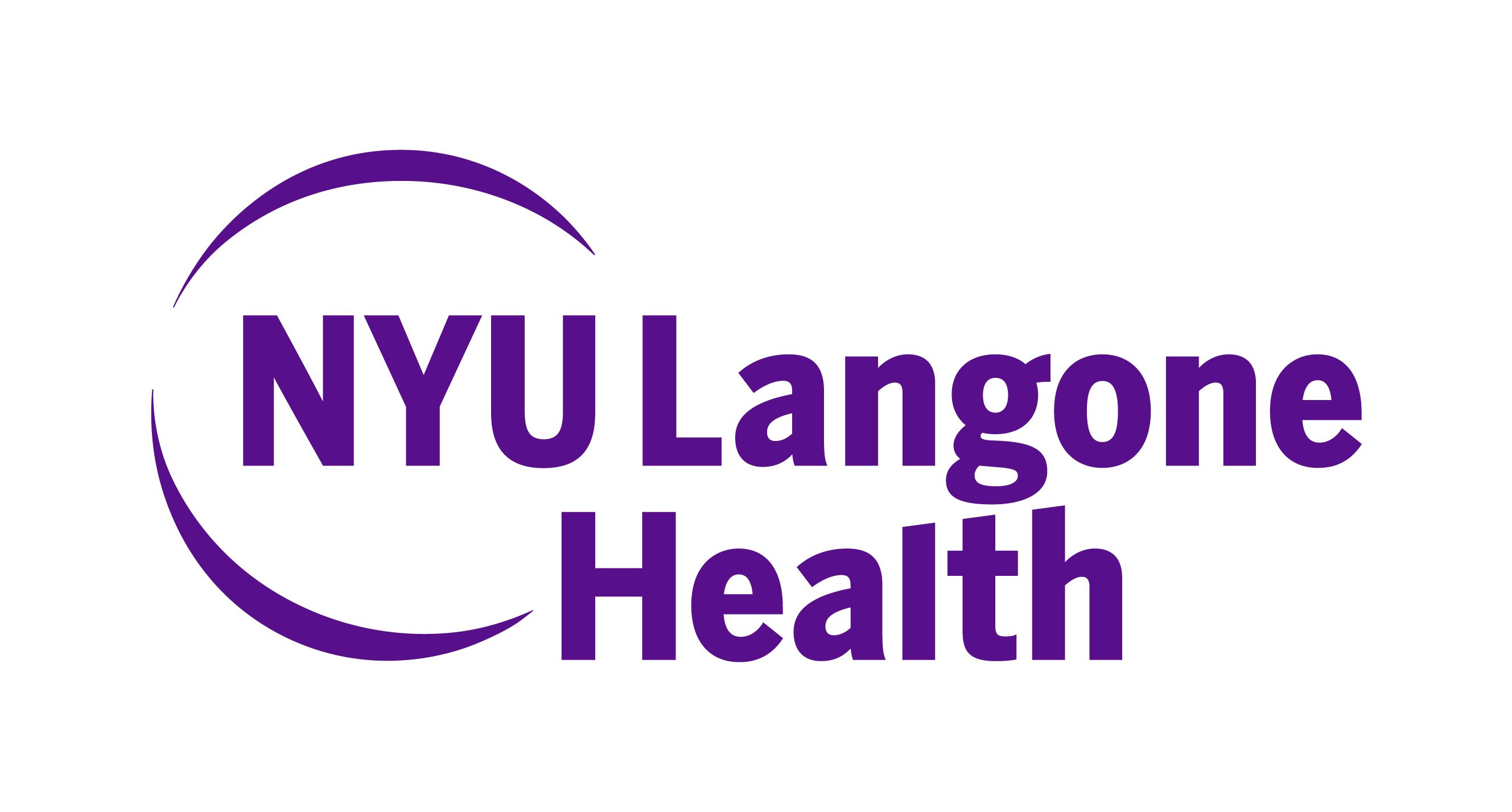
Small Number of Headache Infusion Centers Creates Barrier for Unique Care

Although headache infusion centers were generally open during the standard business hours, few headache infusion centers were open after hours and on weekends.
Despite the various treatments and paradigms that are being implemented and offered by headache infusion centers, recently conducted research indicates that there are a limited number of centers, creating several barriers that impact the expansion of this specific type of care.1
Senior author
Of the 127 members of the combined group of both listservs, 50 responded (39%). One-fifth (10 of 50) of the responses were from duplicate programs, leaving 40 unique headache programs surveyed, most of which were academic (34 of 40; 85%). Most of the programs surveyed offered infusion therapy (27 of 40; 68%); however, based on respondents, only 18 of 50 US states had headache infusion centers, the majority concentrated in the Northeast and Midwest regions of the US.
The investigators wrote that this deficit could result in significant travel time to reach center for many patients, likely leading some to opt for emergency departments that are closer in proximity when seeking emergent treatment. They also noted that "a lack of alternate local infusion centers may also result in a high volume of infusion patients per center, potentially reducing availability and delaying treatment."1
READ MORE:
Regarding staffing, the mean number of headache providers per program surveyed was 4.7 (standard deviation, 3.2), while insufficient staffing was documented as the most common barrier among the 13 programs that did not offer infusions (8 of 13; 62%). Space limitations (5 of 13; 38%) and overhead/administrative cost (3 of 13; 23%) were among the other notable reasons. No programs listed insufficient patient demand as a barrier.
As for treatment options, the most common intravenous infusions, offered by 85% or more of centers, were hydration, diphenhydramine, ondansetron, dihydroergotamine, prochlorperazine, valproate sodium, ketorolac, metoclopramide, and magnesium sulfate. In total, 72% (n = 18) of programs gave 3-4 medications in 1 treatment session, compared to 12% (n = 3) that gave 1-2, and 16% (n = 4) that gave 5 or more.
"Although there is evidence for specific medications that can be infused for treatment of acute migraine, further research regarding optimal approaches for combining these treatments for synergistic effects is needed," Minen et al wrote.1 "Additional growth of infusion centers and increased availability for scheduling may further help."
Almost half (11 of 24; 46%) of the centers reported same-day treatment as the average time to treatment, whereas almost one-third (7 of 24; 29%) reported 1-2 days. Infusion availability for all 5 days of the work week was offered by 71% (21 of 27) of the infusion centers; however, most of the centers (22 of 27; 81%) did not offer infusion services outside of regular clinic hours (weekdays 9:00 AM to 5:00 PM). This study was completed prior to the onset of the COVID-19 pandemic, which is why the investigators noted that the 46% of centers offering same-day infusions may not be able to complete all these steps with additional precautions.
A stepwise sequence of medications infused until headache resolution was used by 10 (42%) infusion centers, compared to 9 (38%) that infused medications regardless of headache solution at the time of infusion, and 5 (21%) that used multiday outpatient infusion protocol.
Given the shortage of headache specialists in the country and the limited number of headache infusion centers, the EDIR subspecialty section of the AHS developed a migraine action plan (MAP) to help patients with migraine get the specific infusions they need.2 MAP includes 4 parts: Headache Information, Home Rescue Plan, Hospital Rescue Plan, and Medications to Avoid. Investigators suggested that for patients who have seen a provider and have a MAP, they could bring the MAP to an urgent care center that offers infusions and avoid an emergency department visit.
REFERENCES
Strauss LD, Yugrakh MS, Kaplan KE, Minen MT. Headache infusion centers: a survey on treatments provided, infusion center operations, and barriers to developing new infusion centers. Headache. Published online August 11, 2021. doi: 10.1111/head.14172
Peretz AM, Minen MT, Cowan R, Strauss LD. Migraine action plan (MAP). Headache. 2018;58(2):195. doi:10.1111/head.13255
Newsletter
Keep your finger on the pulse of neurology—subscribe to NeurologyLive for expert interviews, new data, and breakthrough treatment updates.




















